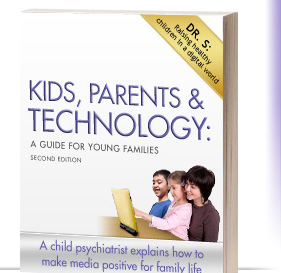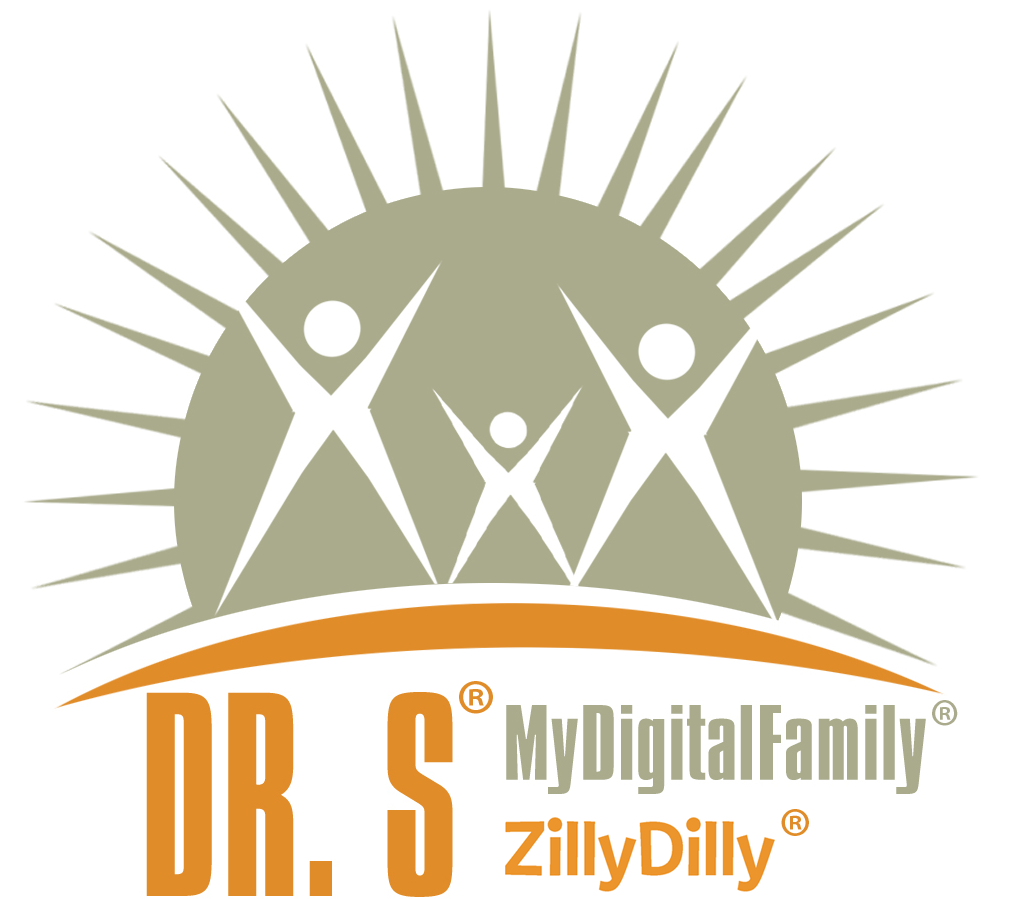Apple’s iBook 2 is the new elephant in the room for textbook publishing.
Many textbooks are already digitized at a basic level. There are general pluses to digital textbooks, including the saving of paper, interactive engageability, customizeabiliy to individual students and those with special gifts or needs, and the orthopedic relief to youngsters who now often schlepp 20 lb book bags.
But as a child-psychiatrist and technophile, I see vast potential benefits to a sensible coordinated system of digital textbooks. There are two overriding advantages to systematically and carefully integrating textbooks into the richness of the digital universe.
First, a broader collaboration of stakeholders: Textbooks, as do books in general, traditionally have created civilized communities of their readers across time and space. Now, on a day-to-day level, real time collaboration and sharing among librarians, teachers, students, parents, therapists, and primary sources could enlarge and enrich learning communities well-beyond the school walls, and do so not only through text, but also by audio and video. The modern classroom teacher, who personally knows the student and his or her learning and social experience, is the natural leader of such a student-centered community and must be given needed training, resources and support.
Secondly, the collaborative tradition could only be amplified by deep and broad well-managed accessibility to other resources through hyperlinking, also individualized, carefully edited, and filtered. Educational videogames can become integrated teaching tools, such as those of Houston’s Archimage’s Playnormous. Additionally, hyperlinked sources should include older texts, for example as digitized by Google ‘s visionary Book Library Project. Additionally, new worthwhile material related to the iBook 2 project must be well-annotated and organized and accessible to future generations, rather than disappear into the vast noise of cyberspace.
BTW, concerns about the distractions of other iPad content are not trivial. The device is engaging and magical. Teachers, parents, and software developers must bring technical solutions to maximize the benefits of media consumption while minimizing their power to distract (for example, Chicago’s MyDigitalFamily’s just introduced ZillyDilly for the iPad, which offers curated content while minimizing distraction.)
Finally, let’s remember that the basic skills necessary to integrate and deliver great educational content do not need reinventing. These are already developed and well-practiced by the talented and expert folks who bring us our current wonderful textbooks. Working with these folks is the visionary power of Apple’s iBook 2 project.



Apple’s iPad iBook 2: Textbook Publishing, Students, Parents, Teachers, and Collaboration
Originally published by ThinkerMedia: BestThinking.com on January 23, 2012
Apple’s recent elephantine entry into the textbook world is another evolutionary step in technology’s reach into our lives. Let’s hope that like Apple’s other innovations, it aligns technology to the well-being of children and families.
Apple’s iBook 2 is the new elephant in the room for textbook publishing.
Many textbooks are already digitized at a basic level. There are general pluses to digital textbooks, including the saving of paper, interactive engageability, customizeabiliy to individual students and those with special gifts or needs, and the orthopedic relief to youngsters who now often schlepp 20 lb book bags.
But as a child-psychiatrist and technophile, I see vast potential benefits to a sensible coordinated system of digital textbooks. There are two overriding advantages to systematically and carefully integrating textbooks into the richness of the digital universe.
First, a broader collaboration of stakeholders: Textbooks, as do books in general, traditionally have created civilized communities of their readers across time and space. Now, on a day-to-day level, real time collaboration and sharing among librarians, teachers, students, parents, therapists, and primary sources could enlarge and enrich learning communities well-beyond the school walls, and do so not only through text, but also by audio and video. The modern classroom teacher, who personally knows the student and his or her learning and social experience, is the natural leader of such a student-centered community and must be given needed training, resources and support.
Secondly, the collaborative tradition could only be amplified by deep and broad well-managed accessibility to other resources through hyperlinking, also individualized, carefully edited, and filtered. Educational videogames can become integrated teaching tools, such as those of Houston’s Archimage’s Playnormous. Additionally, hyperlinked sources should include older texts, for example as digitized by Google ‘s visionary Book Library Project. Additionally, new worthwhile material related to the iBook 2 project must be well-annotated and organized and accessible to future generations, rather than disappear into the vast noise of cyberspace.
BTW, concerns about the distractions of other iPad content are not trivial. The device is engaging and magical. Teachers, parents, and software developers must bring technical solutions to maximize the benefits of media consumption while minimizing their power to distract (for example, Chicago’s MyDigitalFamily’s just introduced ZillyDilly for the iPad, which offers curated content while minimizing distraction.)
Finally, let’s remember that the basic skills necessary to integrate and deliver great educational content do not need reinventing. These are already developed and well-practiced by the talented and expert folks who bring us our current wonderful textbooks. Working with these folks is the visionary power of Apple’s iBook 2 project.